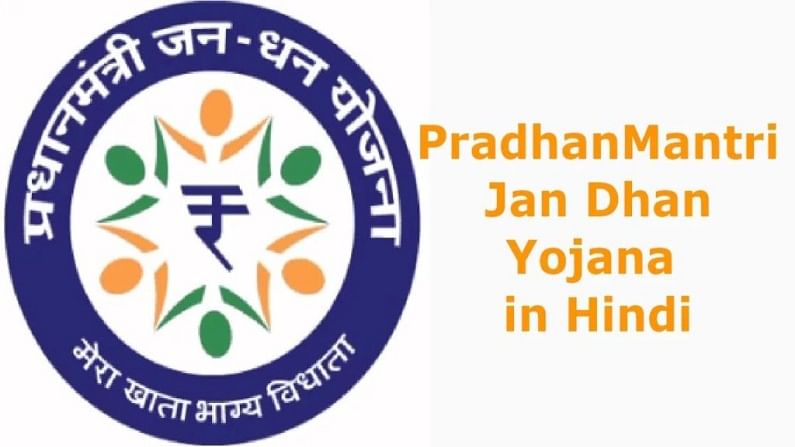Jan Dhan accounts: Government needs to step up enrolment
The degree of participation in Jan-Dhan accounts has been remarkable helping the government in its quest for financial inclusion and clean administration

The cause of financial inclusion in India has been helped by the enthusiastic participation in Jan-Dhan accounts that has enlisted as many as 42.05 crore beneficiaries – almost half the adult population of the country – who have between themselves deposited Rs 1.41 lakh crore since 2014 when the project was launched.
Moreover, the average deposit per account has also witnessed a jump from Rs 1,279 in August 2015 to Rs 3,239 in COVID-hit August 2020 – a rise of 2.5 times, which also indicates a culture of investment is creeping at the base of the pyramid where these accounts are targeted.
The need of the hour is that the government steps up the effort to bring all adults into the banking net of the country using all the weapons in its arsenal – public sector banks, regional rural banks and private sector banks.
A scan of the Jan-Dhan account data reveals that the number of beneficiaries in rural/semiurban branches of private banks went down from 69,87,665 in end-March 2020 to 69,13,901 in end-March 2021. As a result, the total number of beneficiaries in major private banks, too, dipped in the same time period – from 125,74002 to 125,23611.
The number of beneficiaries at urban metro centre branches of regional rural banks also went down from 1.10 crore in end-March 2020 to 93.75 crore (-15.11%) in end-March 2021.
Apart from these two blips, the growth in the beneficiaries and deposits in Jan-Dhan accounts have been consistent since the launch in August 2014.
In end-March 2015, there were 14.53 crore Jan-Dhan beneficiaries who deposited a total of Rs 14,640.64 crore in their accounts. Towards the end of March 2016, the beneficiaries swelled to 21.42 crore (rise of 47.41% over earlier year) and the deposits to Rs 35,672 crore (+143.65%).
In end March 2017, there were 28.16 crore (+31.46%) beneficiaries who deposited Rs 62,972.42 crore (+76.53%) in these accounts. A year later, the number of beneficiaries and deposits grew to 31.44 (+11.64%) crore and Rs 78,493.99 crore (+24.64%) respectively. In end-March 2019, the numbers stood at 35.26 crore (+12.15%) and Rs 96,107.35 crore (+22.43%).
In end-March 2020, there were 38.28 crore (+8.56%) beneficiaries and a total deposit base of Rs 118,105.97 crore (+22.88%) in Jan-Dhan accounts. In end-March this year – a year crippled by the pandemic – the numbers stood at 42.05 crore (+9.84%) depositors and the amount of deposits at Rs 141,592.43 crore (+19.88%).
Two of the targets of the programme – bringing the population under the banking system and empowering women – were both crucial to the idea of enabling the country to transact digitally.
One of the most important immediate collateral benefits was the establishment of a system where direct cash transfers reached the intended targets without any leakage.
The average deposit per account, too, has grown steadily – from Rs 1,279 in August 2015 to Rs 1,747 in August 2016 to Rs 2,187 in August 2017 to Rs 2,521 in August 2018 to Rs 2,783 in August 2019 and to Rs 3,239 in August 2020, a COVID-hit year.
Experts feel there is immense possibility in these accounts.
“With 40 crore plus accounts, PMJDY has effectively covered almost half of India’s adult population. Now the same accounts can be used for furthering the cause of loan disbursement, insurance etc and Indian economy can leapfrog to higher levels if some of the loans are used for MSME activities. This will be a big step for Atmanirbhar Bharat,” said Dr Arindam Saha, financial managing director, Vista Intelligence Pvt Ltd, an AI research company.
“The number of beneficiaries and the fact that half of them are women are apparently impressive points. But the benefits can hardly reach the masses unless the branches are set up all over the country bringing the services near the villagers. There are 5 lakh villages in the country and not more than 35,000 of these have banking services,” said Mahananda Kanjilal, who teaches economics at a Kolkata college.

